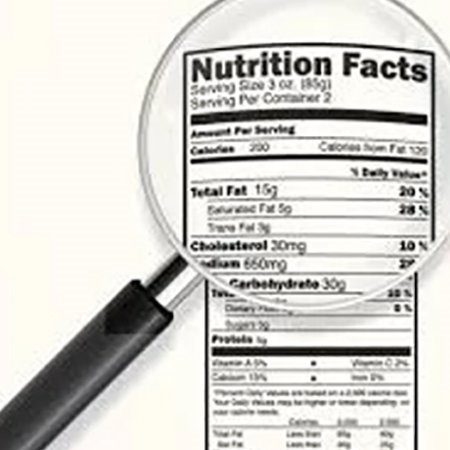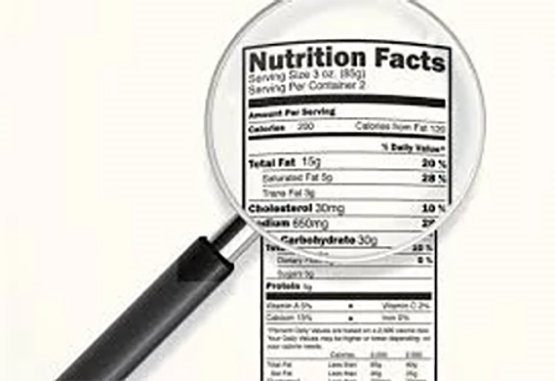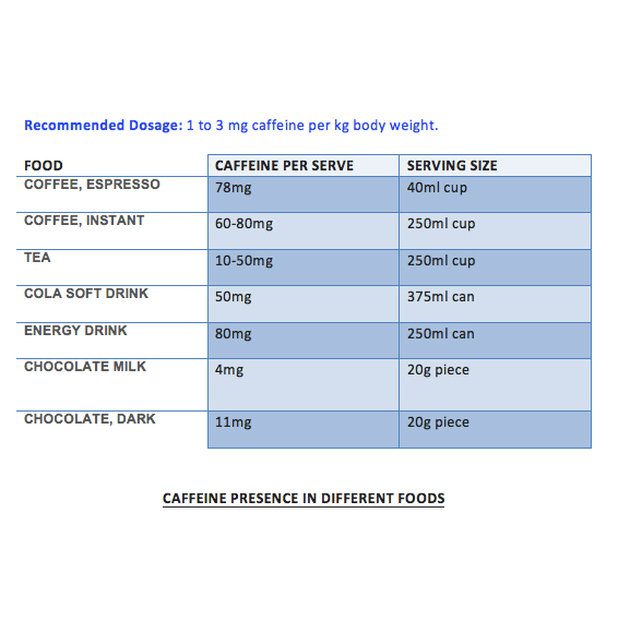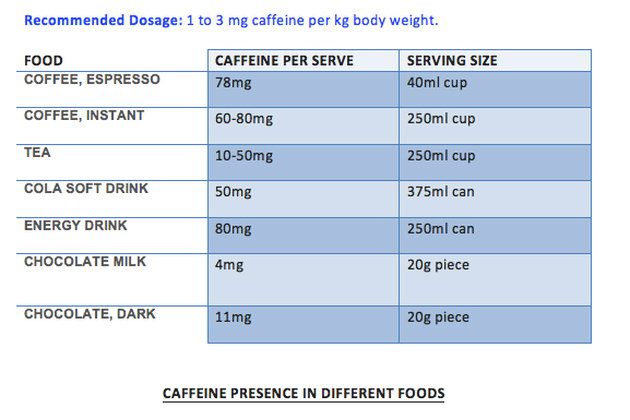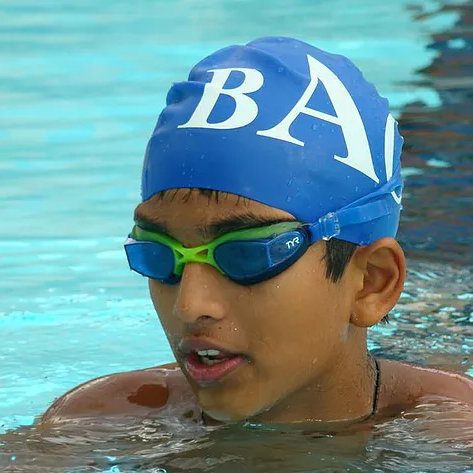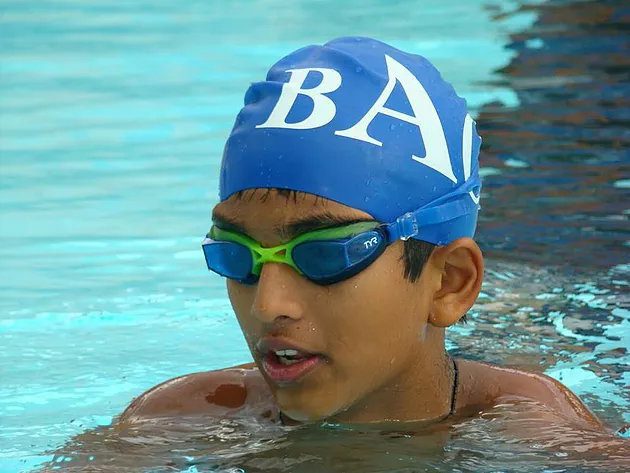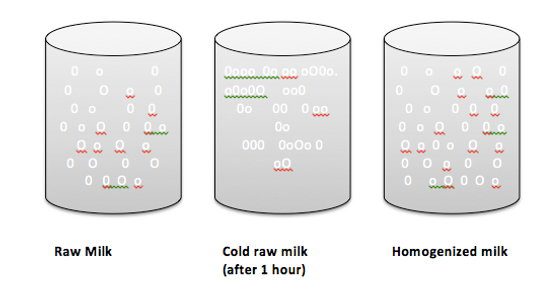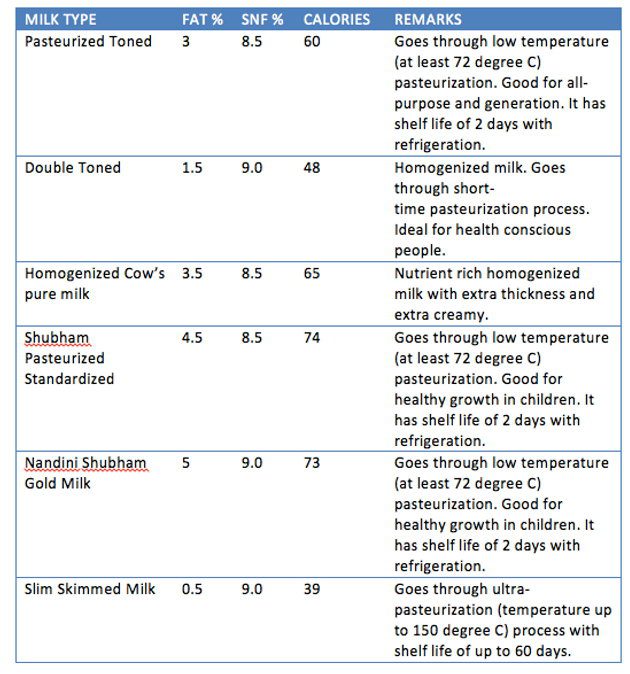
We, as parents, always want the best for our children so try to take care of their overall health and well-being holistically. And one critical aspect of their health is their nutrition. Proper nutrition in kids can play a critical role in their growth and development.
Thus, if you are a parent looking to provide your child with the best nutrition possible, then this blog is for you. Read on to discover the importance of healthy eating habits for primary school kids and learn how you can encourage these habits as a parent.
Nutrition and child development
Nutrition acts as fuel for our bodies. It’s also important during the years a child is growing up and developing into an adolescent. Proper nutrition provides the necessary nutrients and energy for their growth, strengthens their immune system, and supports brain development.
Moreover, primary school kids are at a stage where their bodies and minds are rapidly growing. Thus, providing them with a balanced diet and inculcating healthy eating habits that include all essential nutrients is necessary.
Moreover, did you know your child’s eating can significantly affect their academic performance? Studies have shown that a well-nourished child is more likely to concentrate better, have improved memory retention, and exhibit higher cognitive abilities.
As parents, we are responsible for providing our children with the nutrition they need at this crucial stage of growth.
Understanding the Nutritional Needs of Primary School Kids
Primary school kids have specific nutritional needs that must be met for their optimal growth and development.
These include a balanced intake of macronutrients (carbohydrates, proteins, and fats), essential vitamins and minerals, and an adequate fiber intake. It is important to incorporate a variety of food groups into their diet to ensure they receive all the necessary nutrients.
To ensure children don’t get bored with having the same type of food every day, it is advisable to prepare healthy meals and make them delicious. You should also educate your child about healthy snack options to curb hunger.
And yes, an occasional chocolate or ice cream won’t deter their development in any way.
A proper balanced diet plays a key role in the growth and development of a primary school kid. During this stage of their development, they need a wide variety of nutrients which can support their cognitive function, growth and also strengthen their immune system.
11 Essential Eating Habits for Primary School Kids
To promote healthy food habits among primary school kids, here are 11 important habits parents should encourage. Have a look at them.

1. Regular Meal Times
Establishing regular meal times helps regulate children’s appetite and prevents excessive snacking.
2. Balanced Breakfast
Ensure that your child starts the day with a nutritious breakfast. A healthy nutritious breakfast should contain a mix of carbohydrates, proteins, and healthy fats.
3. Healthy Snacking
Encourage nutritious snacks such as fruits, vegetables, yogurt, or whole-grain crackers. Try to limit unhealthy options like sugary snacks and chips.
4. Hydration
Keep your child hydrated by providing water throughout the day, especially during strenuous physical activity or hot weather.
5. Portion Control
Teach your child about portion sizes to prevent overeating and encourage mindful eating habits.
6. Variety and Balance
Offer a variety of food items from different food groups to provide a wide range of nutrients. Try different ways of preparation to make dishes tasty.
7. Limiting Sugary Drinks and Junk Food
Minimize the consumption of sugary drinks and junk food. These provide empty calories and lack essential nutrients.
8. Encouraging Fruits and Vegetables
Make fruits and vegetables a daily part of your child’s meals and snacks. This ensures an intake of vitamins, minerals, and fiber.
9. Promoting Protein Intake
Include lean protein sources such as lean meats, poultry, fish, beans, and nuts in your child’s diet. This supports their growth and development.
10. Importance of Dairy Products
Provide your child with adequate dairy products or alternatives like fortified plant-based milk to ensure a sufficient intake of calcium for strong bones and teeth.
11. Mindful Eating
Teach your child to eat slowly, chew their food properly, and pay attention to their body’s hunger and fullness signs.
How Parents Can Encourage These Eating Habits

Parents play an important role in shaping their child’s good eating habits. After all, children tend to imitate their parents’ habits. This why parents should always try to foster positive and healthy eating habits.
Here are some ways parents can encourage healthy eating habits for their kids:
Create examples
Be a role model by adopting healthy eating habits yourself.
Involve children in meal planning
Allow your child to participate in grocery shopping and meal preparation. This helps to create a sense of ownership and excitement about healthy food choices.
Make mealtime enjoyable
Create a positive and relaxed atmosphere during meals, and encourage family meals whenever possible.
Educate and explain
Teach your child about the benefits of healthy eating and the importance of different food groups.
Encourage variety
Introduce new foods gradually and offer a wide range of options to develop your child’s taste preferences.
Provide healthy options
Keep the pantry stocked with nutritious foods and limit the availability of unhealthy snacks and sugary drinks.
Be patient
Remember that developing healthy eating habits takes time and patience. Encourage your child’s progress and celebrate their small achievements.
Final thoughts
A balanced diet for primary school kids supports their growth and development, enhances their academic performance, strengthens their immune system, and promotes overall well-being.
As parents, it is our responsibility to lead by example and create a positive food environment that nurtures healthy eating habits.
By prioritizing their nutrition, we give our children the best chance to thrive academically, physically, and emotionally. Let’s embrace the power of healthy eating habits and create a bright and healthy future for our kids.
If your child is battling obesity, consult Silky Mahajan for weight loss diet and guidance






